The third game of the Women’s World Championship match ended in a draw as defending champion Ju Wenjun allowed Lei Tingjie to escape from a highly uncomfortable position in the middlegame. The score is now 1.5:1.5
After two draws and a day of rest, Ju Wenjun and Lei Tingjie resumed the battle. In the first two games, it was Lei who took the initiative. Now, the tables have turned.
Lei Tingjie was White and again she opened with 1.e4 and, like in game one (rather than her usual 1.d4). Women’s World Champion Ju Wenjun played the Berlin line in the Ruy Lopez – a popular variation among top world players. In contrast to the first game, Lei opted to respond with 1.d3, leading to the anti-Berlin.
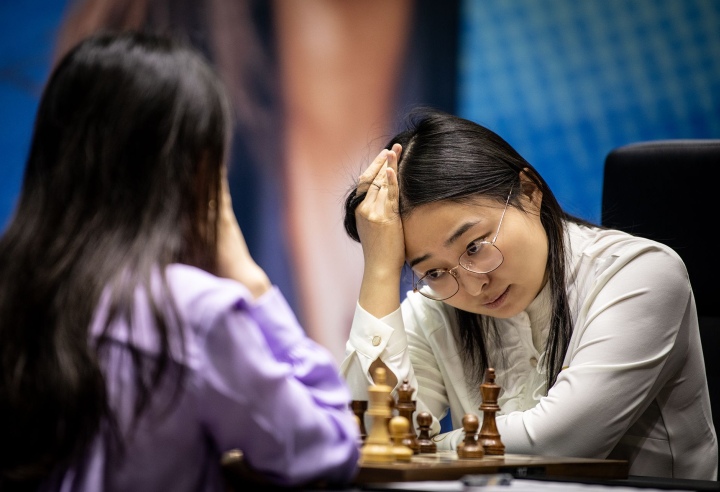
As early as move six, Ju Wenjun found herself sinking into deep thought, which lasted for 20 minutes. Whether this was a deliberate psychological tactic by Ju or simply a thorough check of her preparation, Lei was not unsettled by this and carried on.
However, after some imprecision by Lei, she lost a pawn and found herself in a difficult position. Ju got the upper hand and pressed on. Still, in a critical moment of the game, Ju opted to play 19…a5?! Wasting a precious tempo and letting White escape from a highly unpleasant position. Black still had chances to press on but, nearing severe time trouble, Ju opted to simplify which allowed White to regain a pawn and enter an equal endgame.
Despite being in a drawn position, Ju Wenjun pushed her opponent but Lei held on. The game ended on move 49, following a threefold repetition.
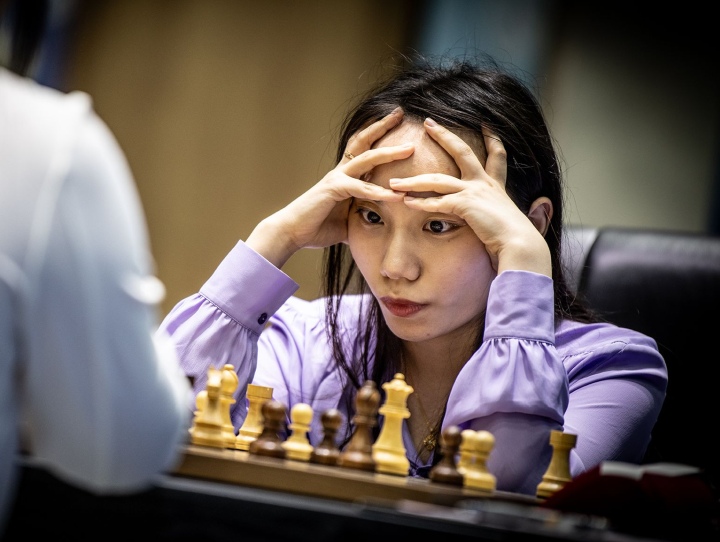
In the post-game interview, Ju acknowledged that she had a good position but that it wasn’t that easy. “Black had some chances but it was very complicated.”
Here follows a closer look at game three of the match:
As per tradition in top events, the first move was made by an honorary guest – Deputy Director of the Shanghai Administration of Sports Zhao Guangsheng.

In her second game with the white pieces, Lei again opened with 1.e4. By playing 3…Nf6 Ju Wenjun suggested continuing theoretical discussion in the Berlin, but Lei responded with 4.d3 – the anti-Berlin, protecting the e4-pawn instead of castling short, as she did in game one.
Despite spending considerable time in the opening, the opponents followed the game of their counterparts (Yu Yangyi – Wang Hao, 2017) up to move ten, where Ju deviated with 10…Bb6.
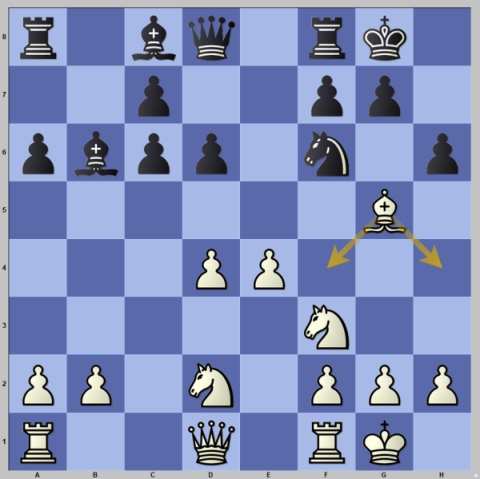
Lei here played 12.Bf4?! unpinning the knight on f6. A much better option was 12.Bh4. After 12…Re8, the e4-pawn was hanging, and White had to find a way to protect it. The opponents reached the first critical moment of the game. Lei made a wrong choice – 13.Qc2?
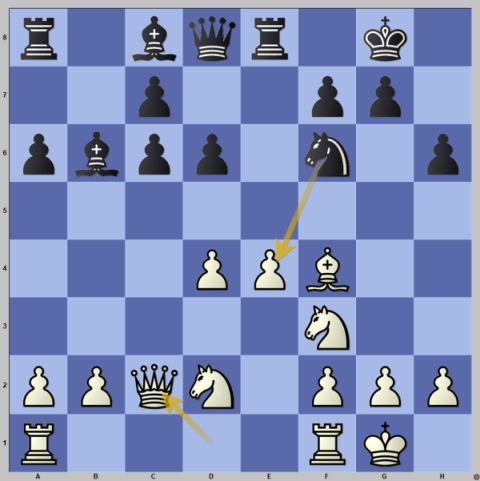
13…Nxe4! It seems Lei missed this. After 14.Nxe4 Bf5 15.Rfe1 d5 16.Ne5 Bxe4 (16…dxe4 was slightly better) Black regained a piece and emerged with an extra pawn.
As Ju was thinking, Lei got off the board. It was the first time in the match either of the players had left the board during the game. Maybe she was doing some soul-searching after compromising her position.
Lei thought a lot about the next several moves, and her time advantage over Ju had evaporated. However, even deep thoughts did not save her from making a serious inaccuracy when she was close to equalizing.
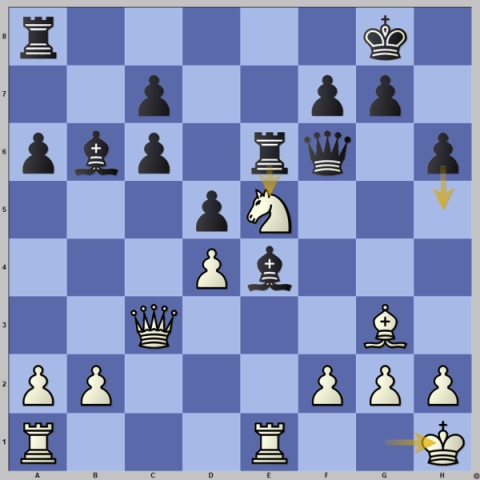
After 19.Kh1?! Ju had two promising choices – 19…h5 or 19.Rxe5!
Instead, the defending Women’s World Champion opted for 19…a5?! to prevent White’s b2-b4 push and prepare c6-c5. Still, a surprising choice, allowing White necessary respite.
20.f3 Bf5 21.a4 The dangers for White are still there, but taking with a rook on e5 is no longer an option for Black. Ju had an edge, but the worst for White was now behind.
Both sides were gradually approaching time trouble. By move 23, Ju had 13 minutes on the clock, and Lei had 18 minutes.
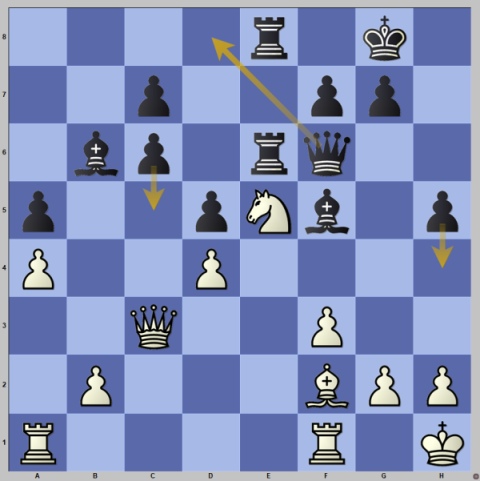
Black should have held the tension and built up the pressure with 23…Qd8 or 23…h4. Instead, Ju decided to simplify, allowing White to escape a challenging position.
23…c5 24.dxc5 Qxe5 26.cxb6 cxb6 27.Bxb6 Re2
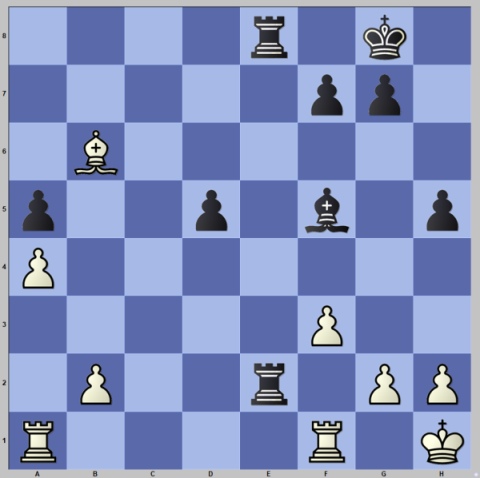
The game is heading for a draw. White got the pawn back; the queens and a pair of bishops are off the board. Soon another pair of rooks was exchanged, and, despite both players continuing, it was a dead draw. The opponents shook hands and split a point on move 49.
Despite the draw, the game marks an important turnaround for Ju, who was on the defensive in the first two games and now took over the initiative.
Game four of the match will be played on Sunday, 9th July, at 3 PM Local Time in Shanghai (GMT +8).
Text: Milan Dinic
Photos: David Llada and Stev Bonhage
Official website: womenworldchampionship.fide.com/
About the Match
The match will take place in two Chinese cities, where each of the contestants comes from. The first half of the match will be in Shanghai, while the second half takes place in Chongqing.
The match will consist of 12 games of classical chess. The payers will have 90 minutes for the first 40 moves, followed by 30 more minutes for the rest of the game, plus a 30-second increment per move starting on move one.
Players cannot offer a draw before they reach the 41st move.
In case of a tie, there will be the following tiebreaks:
Four games with a 25+10 time control.
Two games with a 5+3 time control.
Two more games with a 5+3 time control.
One game with a 3+2 time control, until a winner is determined.
The prize fund is €500,000, with €300,000 going to the winner and the remaining €200,000 to the runner-up.
If the outcome of the match is decided upon tiebreaks, the winner will take €275,000, while the runner-up will receive €225,000.








